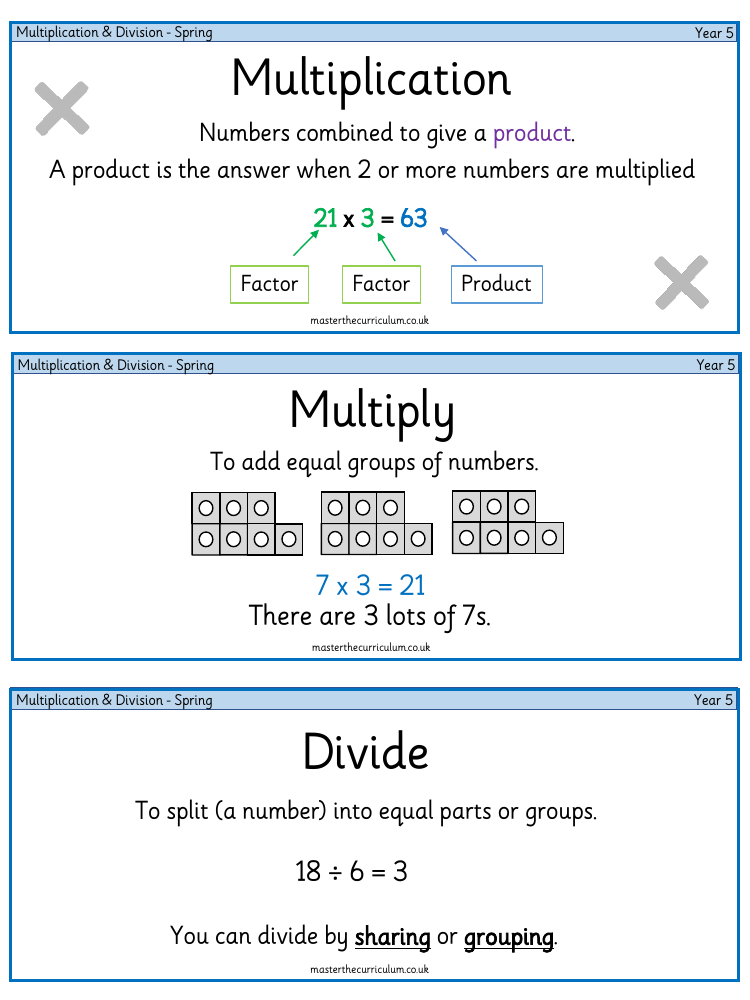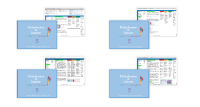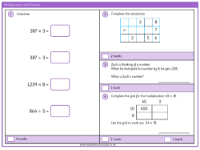Multiplication and Division (2) - Vocabulary

Maths Resource Description
The fundamental concepts of multiplication and division are key components of the Year 5 mathematics curriculum. Multiplication involves combining numbers to produce a product, which is the result of multiplying two or more numbers together, such as in the equation 21 x 3 = 63. Factors are the numbers being multiplied, and in this example, both 21 and 3 are factors, while 63 is the product. Division, on the other hand, is the process of splitting a number into equal parts or groups. For instance, dividing 18 by 6 gives a quotient of 3, which can be achieved through sharing or grouping.
Understanding these operations extends to various representations, such as arrays, which are objects arranged in rows and columns to facilitate multiplication. Equal groups are another visual aid, exemplified by having 3 groups of 7 to demonstrate 7 x 3 = 21. Key terms include the multiplier, which is the number by which another number (the multiplicand) is multiplied. When it comes to division, the dividend is the number being divided, the divisor is the number of groups the dividend is being divided into, and the quotient is the result of the division. Mastery of these concepts is further developed through the application of the distributive law, recognition of multiples and factors, and the use of area models and long multiplication for larger calculations. Students also learn about place value and the importance of placeholders, as well as partitioning numbers to simplify calculations. The curriculum ensures that pupils become proficient with these terms and methods, preparing them for more complex mathematical challenges.


